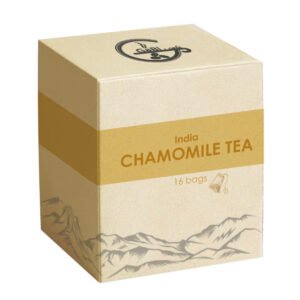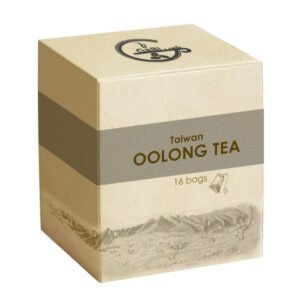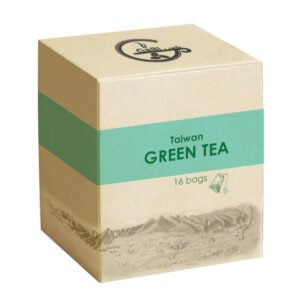North Indian green tea represents a unique and growing segment within the broader Indian tea industry. While North India, particularly regions like Darjeeling and Himachal Pradesh, is more famous for its black tea production, there is increasing interest and cultivation of green tea in these areas.
- Origin: Green tea cultivation in North India began as a response to changing consumer preferences and the growing demand for healthier beverage options. While North India has a long history of black tea production, particularly in regions like Darjeeling and Assam, green tea cultivation is a relatively recent development.
- Growing Regions: North Indian green tea is primarily cultivated in regions known for their tea production, such as Darjeeling, Himachal Pradesh, and parts of Uttarakhand. These areas offer favorable growing conditions, including high altitudes, cool temperatures, and fertile soil, which are conducive to green tea cultivation.
- Varieties: Tea come in various varieties, each with its own unique flavor profile and characteristics. Some popular varieties include Darjeeling green tea, Kangra green tea (from Himachal Pradesh), and Kumaon green tea (from Uttarakhand). These teas may vary in flavor, aroma, and appearance depending on factors such as terroir, elevation, and processing methods.
- Processing: Indian green teas undergo minimal oxidation compared to black teas, which helps preserve their natural flavors and antioxidants. The processing typically involves withering, steaming or pan-firing, rolling, and drying the tea leaves. Some teas may undergo additional steps such as shaping or roasting to enhance their flavor profiles.
- Flavor Profile: The flavor profile of North Indian tea can vary depending on factors such as the tea variety, growing conditions, and processing methods. However, these teas often exhibit a delicate and nuanced flavor, with notes of grass, vegetal, floral, and sometimes fruity or nutty undertones. The taste is generally milder and less astringent compared to black teas.
- Health Benefits: Like all green teas, North Indian green tea is rich in antioxidants, polyphenols, and other beneficial compounds that may offer various health benefits. These include improved heart health, enhanced metabolism, increased mental alertness, and potential cancer-fighting properties.
- Cultural Significance: While green tea may not have the same cultural significance in North India as black tea, its cultivation and consumption are gradually gaining popularity. Green tea is increasingly recognized for its health-promoting properties and is enjoyed by tea enthusiasts and health-conscious consumers alike.
Overall, North Indian green tea offers a refreshing and flavorful drinking experience, with its unique flavor profiles and potential health benefits. Whether enjoyed as a daily beverage or as part of a wellness routine, North Indian green tea continues to captivate tea lovers with its exceptional quality and diverse offerings.







Reviews
There are no reviews yet.